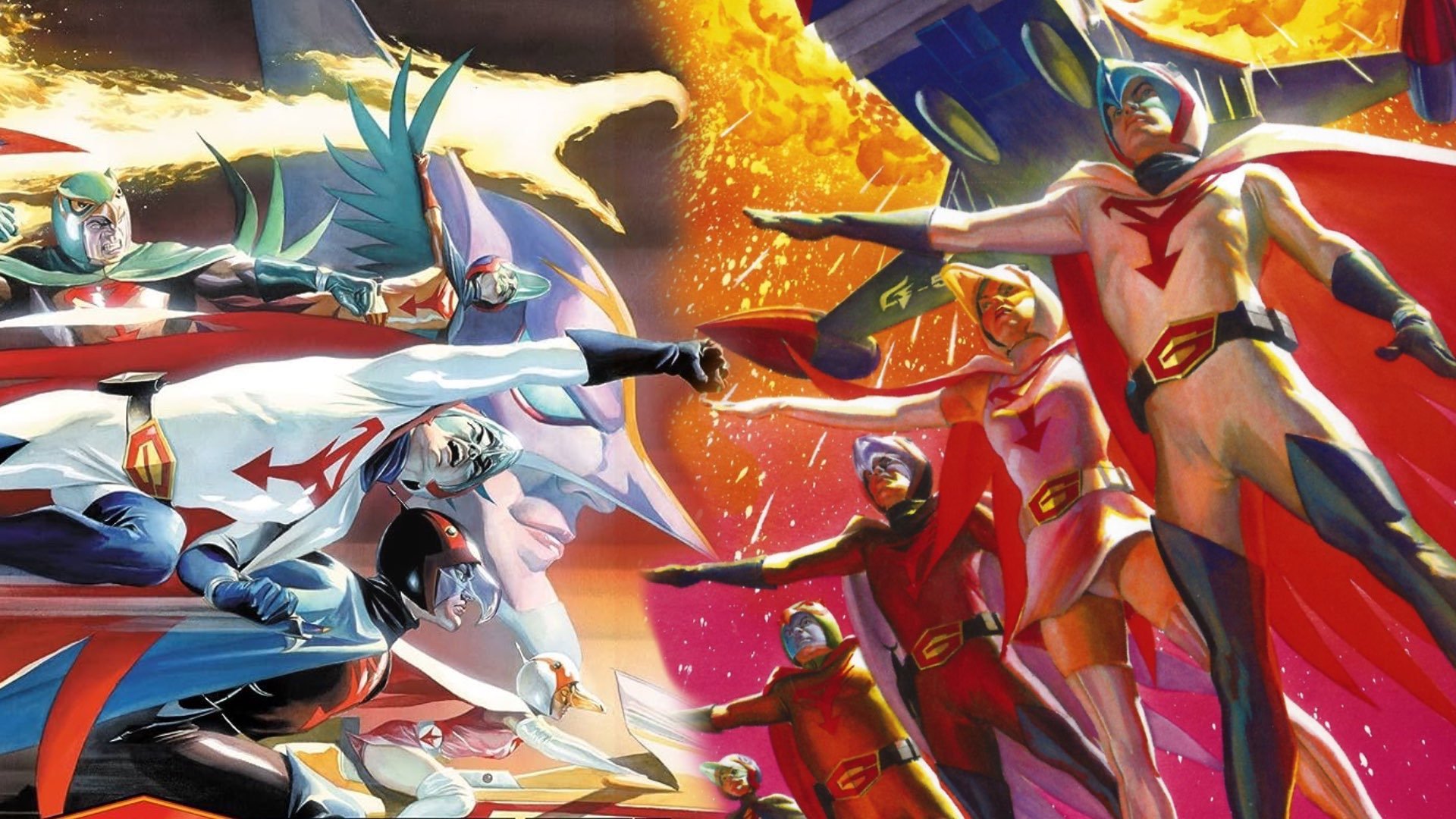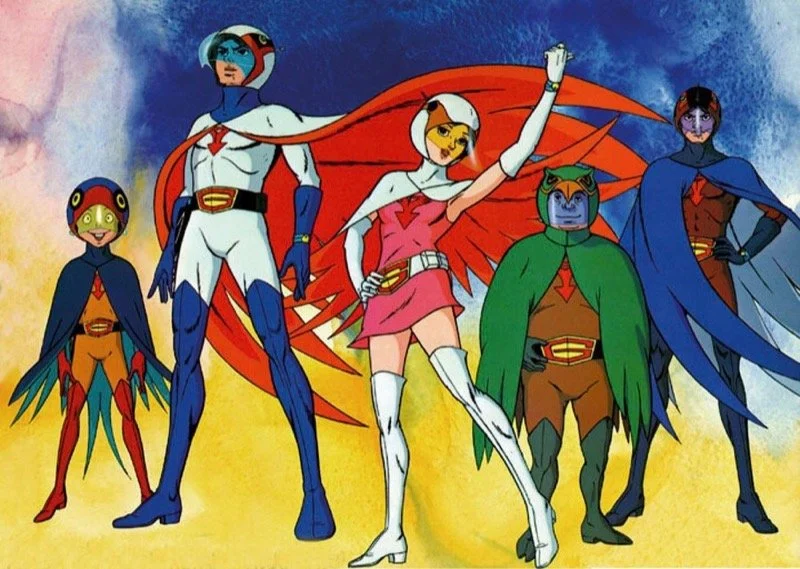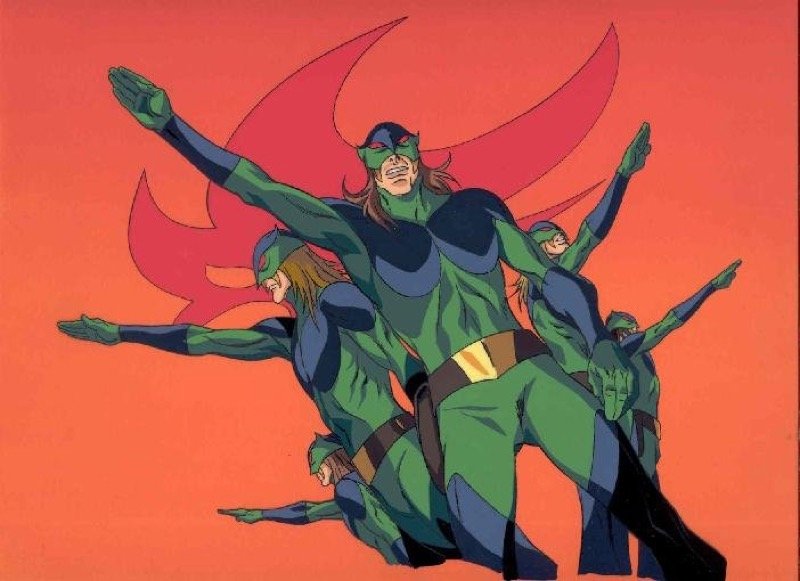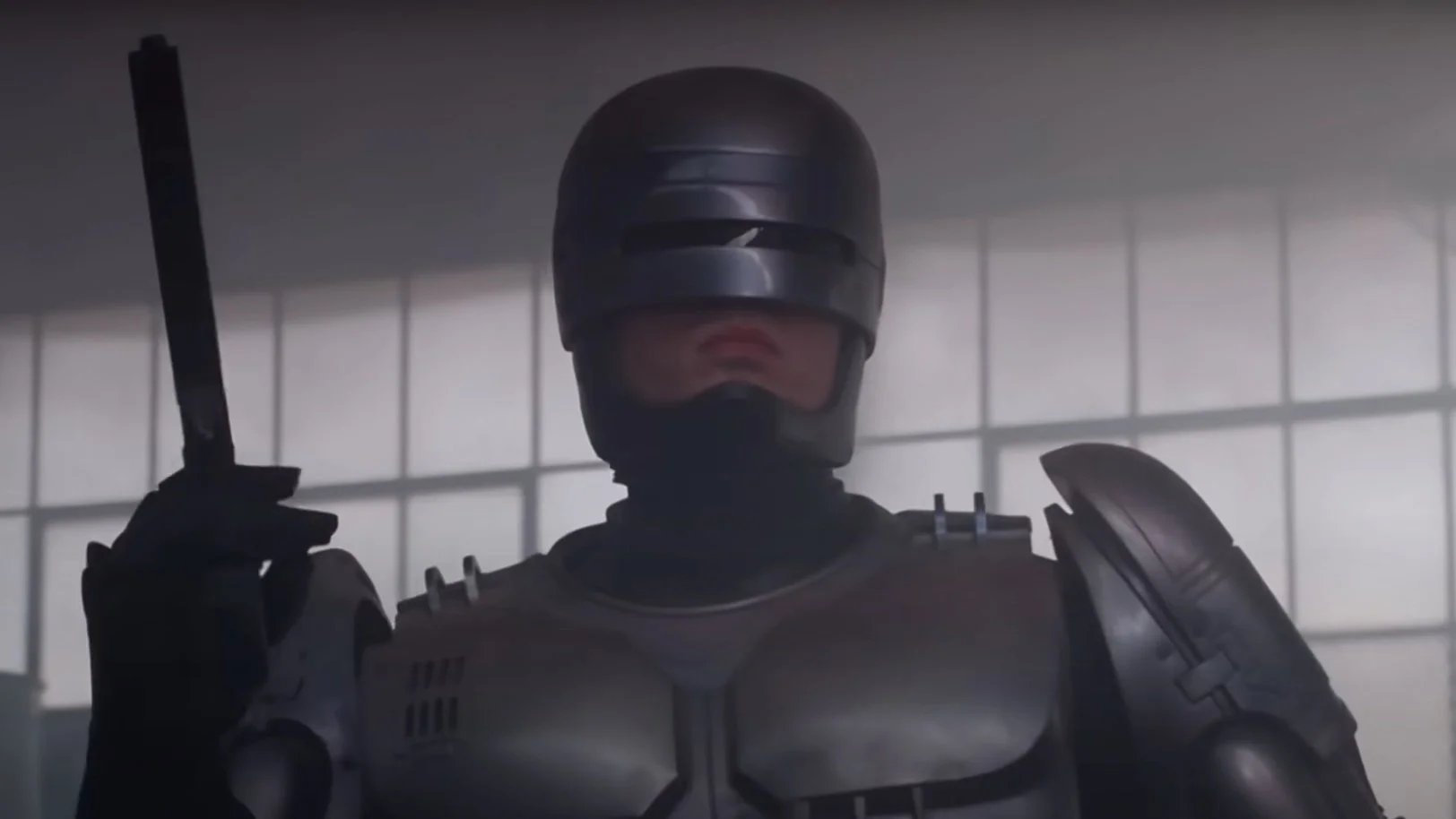Bird Go! The Story Behind 'Science Ninja Team Gatchaman'
Image Source: CultureSlate
In 1933, Tatsuo Yoshida was born in Kyoto, Japan, the eldest of three brothers. Having to fend for themselves at an early age, the Yoshida brothers, including Kenji and Toyoharu, became closely knit. Tatsuo soon discovered that he had a talent for artwork, and soon became well-known in Kyoto for his artwork. However, he knew that if he were to become a professional artist, he would have to move to Tokyo, the capital and largest city of Japan. In order to provide for his family, Tatsuo decided to move to Tokyo, where he began his Manga career with works like Tetsuwan Rikiya and Shonen Ninja Butai Gekko.
Soon, his workload would grow, and Tatsuo would ask both Kenji and Toyoharu (who is better known by his stage name Ippei Kuri) to move to Tokyo and help him out. Together, all three would form the Tatsunoko Production Company, whose name can be interpreted as “Tatsu(o)’s child”. All three would publish their own comics at this time. A while after that, Manga pioneer Osamu Tezuka would enter the world of anime with Tetsuwan Atom, better known as Astro Boy in the West, and Tatsuo became enamored. Soon, Tatsunoko would transition into an anime studio.
RELATED:
Their first major production was Space Ace, animated in black and white. The show was a modest success but has been largely overshadowed by the studio’s other work. The first major hit for the company was the 1967 show Mach GoGoGo, better known in the West as Speed Racer. Based on a similarly titled manga by Tatsuo, Speed Racer was Tatsunoko’s first color series and was the first to be exported to the United States. The show would become an icon of 60’s anime, even if some aspects of the dub have aged rather poorly.
However, the children of the ’60s were growing up in the ’70s, and more sophisticated programs, like Kurenai Sanshiro and Ketsudan, soon followed. Eventually, Tatsuo began conceptualizing a mechanical/superhero action show that would explore the relationship between science and mankind. Combining ninjas, American superheroes, and themes of environmentalism, Tasuo Yoshida created Science Ninja Team Gatchaman, which premiered on October 1, 1972. Gatchaman followed the titular Science Ninja Team: valiant leader Ken the Eagle, the cool and rebellious Joe the Condor, the girl Jun the Swan, the young Jinpei the Swallow, and the gentle giant Ryu, the Horned Owl. They were mentored by scientist Dr. Kozaburo Nambu, who also headed a thermal energy plan.
Image Source: Gatchaman Wiki
Their main enemy was the evil organization Galactor. Galactor was led by Leader X, an enigmatic intelligence who came from the Planet Selectol, and his majordomo Berg Katse, a genius and master of disguise who was revealed in the final episodes of the show to be a mutant capable of changing sex. The organization boasted an army of soldiers and “Iron Beast Mecha”, deadly vehicles in the shape of various animals. Their plots to conquer the Earth formed the bulk of the show’s stories, while the mystery behind them became a recurring subplot.
Gatchaman would debut on Fuji TV and affiliated stations, airing at 6:00 P.M. Sunday evenings. It was a groundbreaking hit, thanks to its surprising level of realism, character growth, and the quality of the dialogue and music. Originally set to last one year, it was soon extended to two and ran for a total of one hundred four episodes. Tatsunoko would go on to create similar shows like Shinzo Ningen Casshern and Hurricane Polymar until Tatsuo died in 1977. His brother Kenji took control and greenlit more Gatchaman projects, including a movie and two sequel series. Science Ninja Team Gatchaman remains an iconic anime in Japan, influencing shows from Super Sentai to Voltron.
Image Source: Gatchaman Wiki
Gatchaman would be exported to the West by Sandy Frank as Battle of the Planets, a re-edit that added new footage and characters, such as the robot 7-Zark-7, and brought the show into space. Other dubs of Gatchaman include G-Force, an attempt at a more uncut dub by Turner, Eagle Riders, a mashup of Gatchaman’s sequel series created by Saban, and an uncut dub by ADV Film, whose successor Sentai Filmworks currently holds the license. Gatchaman has inspired a movie and another series from Tatsunoko, Gatchaman Crowds, while Ken and Joe have appeared in the Infini-T Force crossover. That’s the story behind Science Ninja Team Gatchaman.
READ NEXT:
Sources: Comic Book Resources (Archived), Wikipedia, Gatchaman Wiki, Sentai Filmworks













